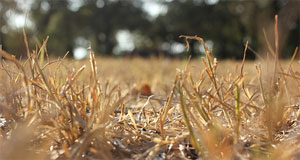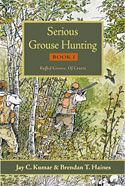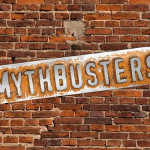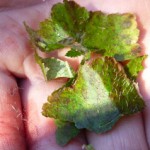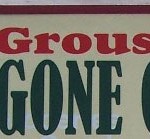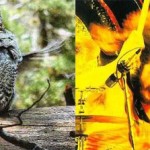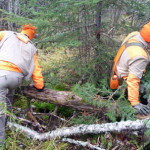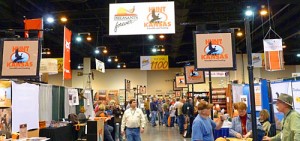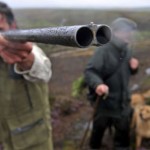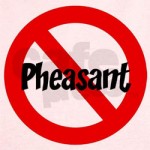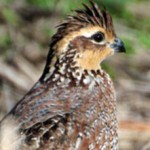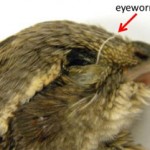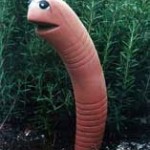TX Mulling Quail Reg Changes
You’d expect that with continued habitat declines plus a severe drought, Texas’ quail wouldn’t be doing so well. No surprise, but that combination of factors is bringing on the double whammy: less hunter opportunity.
That’s the double whammy because less opportunity means less hunting, and if that continues it means fewer hunters, thus fewer hunters concerned about that species and its habitat, and so on.
More from the Jacksonville, TX Daily Progress and mysanantonio.com:
> “We’ve been on point monitoring quail declines well before this current drought,†said Clayton Wolf, Wildlife Director for the Texas Parks and Wildlife Department. “We’ve been taking steps to address the problem, but the drought is raising the sense of urgency.â€
> Poor range conditions mean less to eat, which almost eliminated hatches in most areas across the state. Hunters can expect fewer birds during the statewide quail season, which runs through Feb. 26.
> The Breeding Bird Survey (BBS)…shows a decline in Texas bobwhite quail breeding numbers at a rate of 3.9 percent per year from 1970 to 2009. Texas bobwhite harvest has declined by 80 percent during the past three decades. Although this decline is not as steep as seen in southeastern states, it is still cause for concern.
> The numbers of hunters reflect quail population trends, with some 130,000 per year in the 1980s and about 47,000 during the 2010-11 season.
> Many reasons are cited for these declines, but evidence points to changes in the quantity and quality of habitat as the leading cause. The topic has broad relevance, because grassland habitat used by quail is important for dozens of other wildlife species, and it also can affect water quantity and quality for people.
> “For all of us who care about the future of this prized game bird and the habitats it occupies around the state, complacency is not an option,†said Carter Smith, TPWD Executive Director. “We need hunters, landowners, government agencies and non-profit groups all making this a priority in order to advance the recovery of this species. Rest assured, the department will do its part.â€
> While TPWD wildlife biologists are focusing their efforts on assisting landowners develop habitat…the department is also taking action in other areas, including possible changes in hunting regulations.
> Over the next few months, the TPWD Wildlife Division’s upland game bird staff and technical committee will review season length, bag limits and the possibility of regional differences for quail season to determine if modifications to the 2012-13 seasons are warranted.
> “There are big differences across the state with a lot of different needs,†TPWD upland game bird program leader Robert Perez said. “But there is no silver bullet, no one thing, that will help quail, and we don’t expect hunting regulations alone will be the answer. We still have to focus on habitat, and that will be the key message.â€
> To illustrate regional differences, Perez pointed out that while quail production in the Rolling Plains in North Texas hit an all-time low this year, rains along the Gulf Coast Prairies and Marshes region around Goliad, Refugio and Victoria produced some of the highest counts ever.
> “Bobwhite quail are remarkably resilient,†Perez said. “They survived the droughts in the 1950s and the ’90s. They hole up in pockets of habitat, and when things change, they seem to sprout like weeds.â€
Don’t Chase Singles
> Perez advises hunters to keep an eye on the numbers in the coveys they encounter and not shoot too many birds from small coveys. “Don’t chase a bunch of singles,†he said. “Let them get back together.”
> “A covey wants to be at 11 birds, and they need those numbers for body heat at night. You might want to pass on a covey that only has five to eight birds.â€
Category: Northern Bobwhite, Quail, TX

